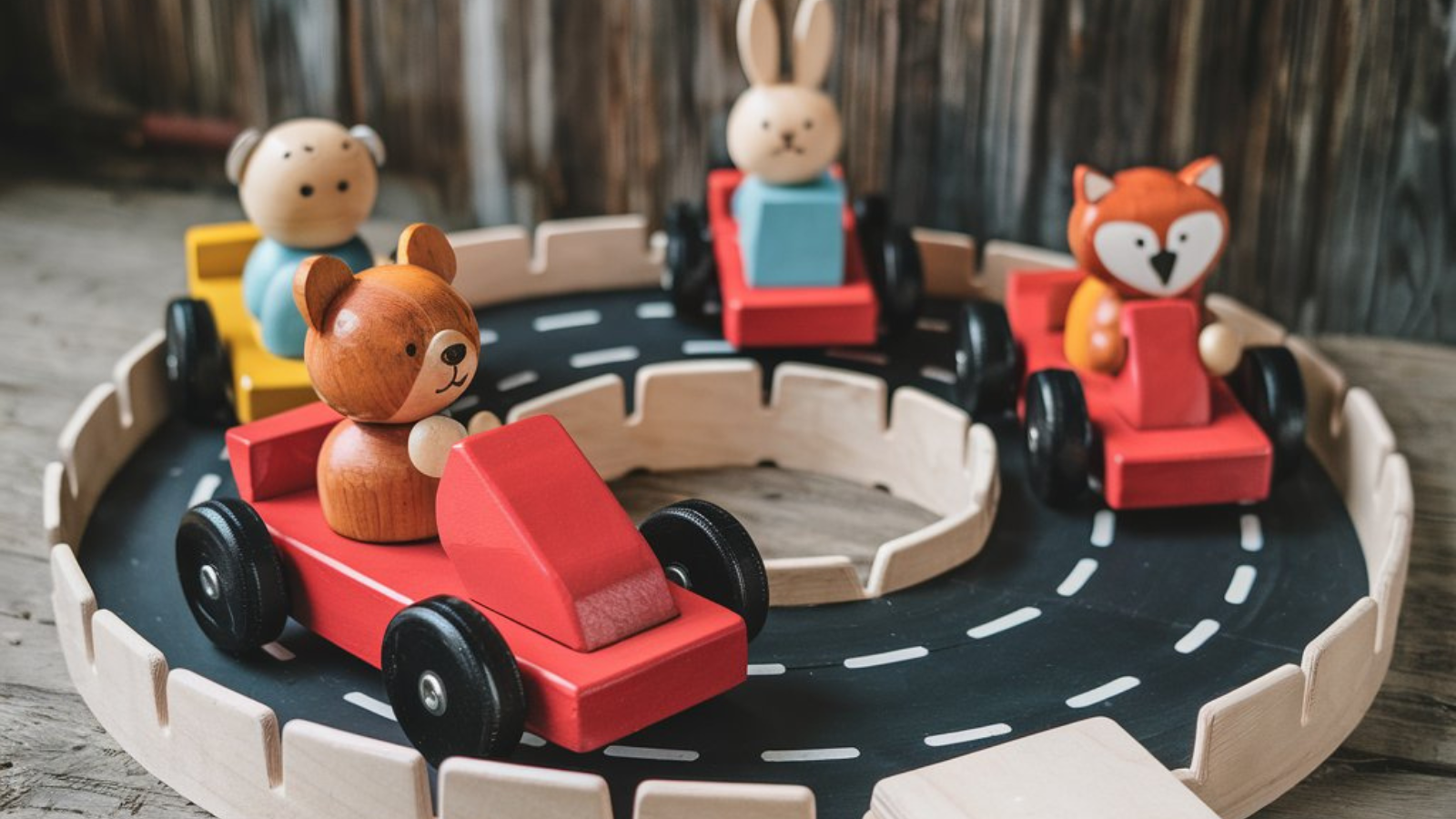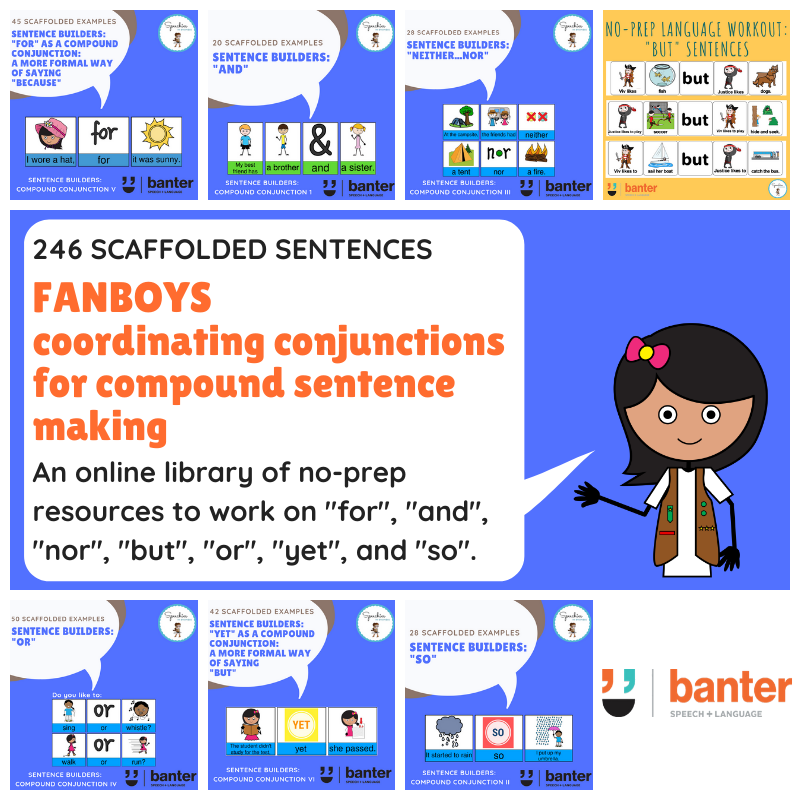FANBOYS: Coordinating Conjunctions for Compound Sentence Making
To express our thoughts and feelings properly, we need to link our ideas together. From around the age of 42 months, typically developing children start to join short sentences and phrases together with coordinating conjunctions, often starting with ‘and’ and ‘or’.
Coordinating conjunctions give equal emphasis to two main clauses to create compound sentences. There are seven key coordinating conjunctions in English, often learned most easily with the FANBOYS acronym:
- For (‘I don’t eat peanuts for I’m allergic to nuts.’)
- And (‘The girl bought an ice-cream and a lemonade.’)
- Nor (‘Dad wanted neither the red nor the yellow shirt.’)
- But (‘John likes movies, but not scary ones’.)
- Or (‘Should Mum have the strawberry or the chocolate ice cream?’)
- Yet (‘She was scared yet gave the speech anyway.’)
- So (‘It started to rain so I put up my umbrella.’)
Learning to use coordinating conjunctions can boost sentence variety and complexity; and improve verbal reasoning and the social use of language in several functional ways. For example, coordinating conjunctions can be used to add things together (‘and’), contrast things (‘but’, ‘yet’), show alternatives (‘or’, ‘nor’), explain reasons (‘for’), or express results or consequences (‘so’).
FANBOYS: A library of no-prep resources to work on ‘for’, ‘and’, ‘nor’, ‘but’, ‘or’, ‘yet’ and ‘so’.
For a self-paced video course, check out our FANBOYS Cup: How to Write Compound Sentences:


Hi there, I’m David Kinnane.
Principal Speech Pathologist, Banter Speech & Language
Our talented team of certified practising speech pathologists provide unhurried, personalised and evidence-based speech pathology care to children and adults in the Inner West of Sydney and beyond, both in our clinic and via telehealth.









